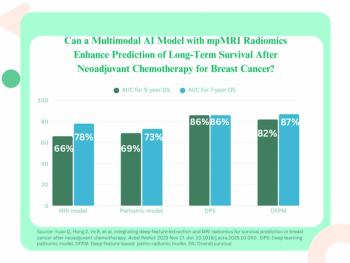
Vivid imaginations trigger false memories
Imagine you are asked to discern between two groups of images. You are told that half contain cancerous lesions and half do not. The methodology of the study may already be flawed because of the way the brain creates false memories after leading questions or directions.
Imagine you are asked to discern between two groups of images. You are told that half contain cancerous lesions and half do not. The methodology of the study may already be flawed because of the way the brain creates false memories after leading questions or directions.
"We think parts of the brain used to actually perceive an object and to imagine an object overlap," said Kenneth A. Paller, Ph.D., a professor of psychology at Northwestern University. "Thus, a vividly imagined event can leave a memory trace in the brain that's very similar to that of an experienced event. When memories are stored for perceived or imagined objects, some of the same brain areas are involved."
Northwestern researchers led by Brian Gonsalves, Ph.D., now a postdoctoral fellow at Stanford University, asked 11 volunteers to visualize objects they heard described through headphones. Researchers flashed corresponding photographic images after half of the words and a blank rectangle after the other half.
They then surprised the participants with a memory test while subjecting them to fMRI. As the subjects listened to object names, they were asked to remember whether they had seen a photograph of a corresponding image.
The endorsement rate for words correctly paired with photos was 74% (true memories), 27% for words incorrectly paired with photos (false memories), and 6% for wholly new items introduced (false alarms). Compared with other memories, false memories activated the precuneus and inferior parietal regions of the cerebral cortex.
The false memory words were more concrete and led to more intense visualization, causing participants to claim they had seen actual photographs when they had not.
"An important caveat is that imaging can't be used to test whether individual memories are false or not. This study reflects the average brain activation across numerous memories, and it is only through this averaging that we can pull out subtle differences between true and false memories," Gonsalves said.
For more information from the Diagnostic Imaging archives:
Newsletter
Stay at the forefront of radiology with the Diagnostic Imaging newsletter, delivering the latest news, clinical insights, and imaging advancements for today’s radiologists.




























